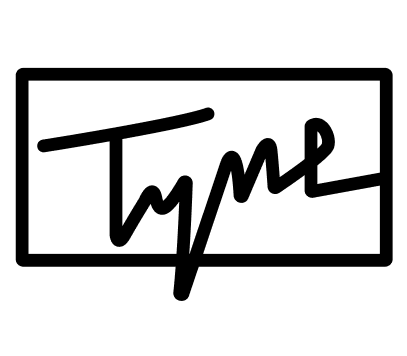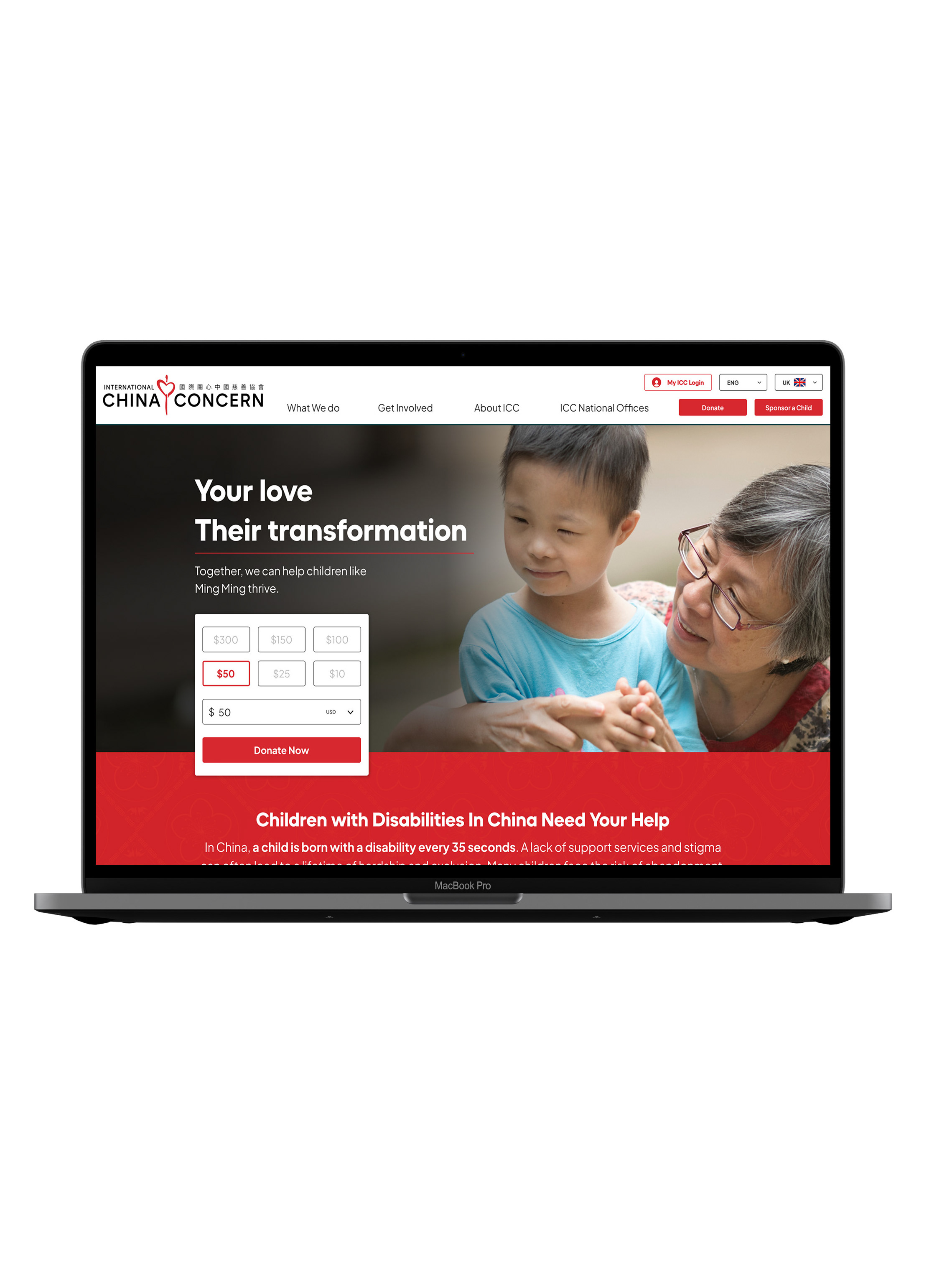The Problem
Every year, U.S. landfills receive approximately 139.6 million tons of waste. The quantity and types of goods discarded by retailers are typically only documented in tax records — information that is rarely accessible to the public.
In a consumerist society, there are so many unsellable goods going to waste before they are sold at stores because they do not meet shelf standards. How can we organize, distribute, and move these goods to the people who need resources for little or no cost at all? and how can we create a system that stores want to be involved in?
Process
User research, interviews, benchmarking, synthesis, ideation, prototyping, interaction
My Role
RIT Senior Thesis Project, sole designer and contributor
Tools
Figma, Photoshop, Miro
Duration
8 Months (September 2021-May 2022)
The Opportunity
French supermarkets are banned from throwing away or destroying unsold food and must instead donate it to charities or for animal feed, under a law set to crack down on food waste.
The French national assembly voted unanimously to pass the legislation as France battles an epidemic of wasted food that has highlighted the divide between giant food firms and people who are struggling to eat.
Those with a footprint of 4,305 sq ft (400 sq m) or more will have to sign contracts with charities by July next year or face penalties including fines of up to €75,000 (£53,000) or two years
in jail.
The French national assembly voted unanimously to pass the legislation as France battles an epidemic of wasted food that has highlighted the divide between giant food firms and people who are struggling to eat.
Those with a footprint of 4,305 sq ft (400 sq m) or more will have to sign contracts with charities by July next year or face penalties including fines of up to €75,000 (£53,000) or two years
in jail.
With countries leading in sustainability efforts creating policies like these, the US will not be far behind (hopefully).
01 Research
Hour-long interviews were conducted with 6 representatives of food pantries/banks and 5 managers at large box stores and chain restaurants. I sought after a variety of information about their current experience with sustainability, organizing donations, requesting donations, and their ability to serve the whole community.
I grouped my interview questions into the following sections:
Key Interview Takeaways:
- Safety of drivers delivering to donation centers is a large concern
- Stores that donate any goods can write off all donations
on their taxes but they need a better way to track
that information
on their taxes but they need a better way to track
that information
-Education to the public about resource availability is an important part of the process
BENCHMARKING
Food Resource
Fulfill:
Alleviate hunger and build food security in NJ Monmouth & Ocean Counties and to make sure that all people at all times have access to enough nutritious food to maintain an active and healthy life.
Feeding America:
Advance change in America by ensuring equitable access to nutritious food for all in partnership with food banks, policymakers, supporters, and the communities we serve.
Foodlink:
Leverage the power of food to end hunger and build healthier communities. We believe that the fight against hunger and the fight against poverty are one and the same. We envision a future in which food is recognized as a human right and every person is able to feed themselves and their families in dignity. Together, we work to create a more nourished, prosperous region.
Delivery App
Door Dash:
A last-mile logistics platform, creates a set of services to grow a merchant's sales, and produced a membership program that connects consumers to the merchants that sustain them.
Their delivery driving UX was helpful to reference for driver experience
Insta cart:
“To build a world where everyone has access to the food they love and more time to enjoy it together.”
Their scanning feature was helpful to reference for inventory tracking
02 User experience planning
Design Criteria thoughts after interviews:
Must have
- Some way for the products to get to the distribution centers
- A way to organize the unsellable goods in store
- A device in stores to document inventory
- A system for drivers to reference with all necessary information
- A messaging system for driver to communicate through
- Government guidelines and limits
- A way to organize the unsellable goods in store
- A device in stores to document inventory
- A system for drivers to reference with all necessary information
- A messaging system for driver to communicate through
- Government guidelines and limits
Nice to have
- An employee in store just doing the organizing and documentation of goods task
- Online "shopping" mechanisms for donation centers to use
- A way for various donation centers to connect and communicate
- Branding and ads for social media promotion
- Online "shopping" mechanisms for donation centers to use
- A way for various donation centers to connect and communicate
- Branding and ads for social media promotion
03 Final Designs
After user experience assessment and talking to experts, stores and donation centers, I decided to change and add some features. I found that the best way to break down types of batches that are dispatched to the donation centers is dividing them in "orders" as well as "open donation" batches.
An "open donation" is a group of products that the store does not have the time or the means to input via scanning into the database. Instead, the quantity of the open donation is visible to the donation centers and the donation centers can decide if the batch is a good fit for them based off storage capacity and need.
The inventory scanning responsibility will now be available to the delivery driver as well. When a previously unscanned item from an "open donation" is scanned by the driver it will officially be input into the Qontrac inventory database, and be assigned to the donation center it is going to.
There were two rounds of iteration in UX and feature improvement
The Final Solution
Three branches of applications work together to connect volunteer drivers, donation centers, and stores
Store Web and Mobile Applications
- for employees to scan unsellable inventory into the Qontrac database
- to be notified of new "orders" and to reference while gathering "orders" for pickup
- to view tax documents and donated goods quantities and monetary amounts for tax purposes
Driver Mobile Application
- assign deliveries to drivers that are "on the clock" earning community service hours
- communicate with stores and donation centers to aid the delivery experience
- view community service hours earned and view verified community service documents
Donation Center Web Application
- to view store inventory and create "orders" and also, track order delivery status
- to track donated goods and organize them into inventory
- to access important tax and donation documentation
Driver Mobile Designs
Batch Pickup Flow
Store Web and Mobile Designs
Inventory Tab
The overall focus of the store screen designs is simplicity and efficiency for ease of use.
History Tab
The history tab for stores is mainly for tax and documentation purposes.
Mobile Inventory Scanning Flow
With only having a store profile instead of employee profiles, it makes the barrier of use lower for stores when they have a free moment to scan inventory into the Qontrac database.
Donation Center Web Designs
Our Partners Tab
Calling stores, Qontrac's "partners" creates the ability for stores to push their sustainability efforts forward and use Qontrac as credibility towards those efforts.
Orders Tab
Calling stores, Qontrac's "partners" creates the ability for stores to push their sustainability efforts forward and use Qontrac as credibility towards those efforts.
Inventory and Community Tabs
The inventory tab is meant to help the donation center track their inventory that has been donated.
The community tab is meant for donation centers to connect and share contact info so they can collaborate and reference each other for support. This exclusive connection platform creates infinite opportunities for communities gaining connection and resources.



